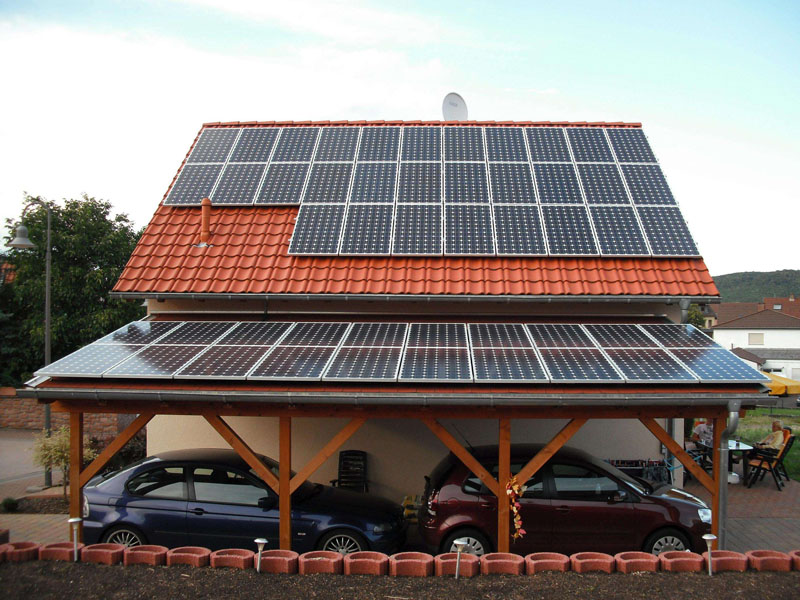The Australian Federal Government is set to expand its Capacity Investment Scheme (CIS), aiming to support up to 40 gigawatts (GW) of new solar, wind, and dispatchable power capacity. This significant move is crucial for achieving the nation's target of having 82% renewable energy in its energy mix by 2030.
Energy Minister Chris Bowen will officially announce this adjustment at the Climate Change Investors Group meeting on Tuesday. Originally, the CIS was designed to support 23 GW of new solar and wind capacity, along with 9 GW of dispatchable capacity, which includes energy storage systems. The expansion will add 3 GW of new power generation capacity, sufficient to power over 1 million households. Additionally, it will increase the dispatchable capacity by 5 GW, providing energy security equivalent to that required by approximately 4.6 million households during peak electricity demand.
In his speech, Minister Bowen stated, "The urgency of grid transformation has never been greater. With the rising costs and increasing operational instability of aging coal power stations, there is an urgent need for new power capacity." He emphasized that the only way to rebuild Australia's power grid into a more modern, reliable, and equitable system is to accelerate the integration of renewable energy and energy storage.
The government recently announced the simplification of the CIS tender process, reducing the single tender cycle from approximately nine months to less than six months. Furthermore, an additional four tenders for solar, wind, and energy storage projects will be launched by the end of 2025.
According to Minister Bowen, since the launch of the CIS, the enthusiasm for projects has been continuously high, with the first six tenders "continuously and significantly oversubscribed." For example, the latest tender for 16 GWh of dispatchable capacity in the National Electricity Market (NEM) attracted bids of up to 135 GWh. The latest tender for 6 GW of power generation capacity also received more than 25 GW of applications.
Not long ago, the final version of the 2024/25 GenCost Report jointly released by CSIRO, Australia's national science agency, and the Australian Energy Market Operator (AEMO) confirmed that integrated solar and wind energy remain the most cost - effective technologies for new power projects in Australia.
At Cowell Energy, we are excited about these developments in the Australian renewable energy market. Our high - quality photovoltaic (PV) brackets are well - positioned to support this expansion. Our PV brackets are designed with durability in mind, capable of withstanding various weather conditions prevalent in Australia, from strong coastal winds to intense sunlight. Made from premium materials such as hot - dip galvanized steel and high - grade aluminum alloy, our brackets ensure long - term stability for solar panels, which is essential for maximizing the efficiency of solar power generation projects.
As Australia moves forward with its ambitious renewable energy goals, we are committed to providing top - notch PV bracket solutions. We believe that our products can contribute to the successful implementation of the expanded CIS, helping to build a more sustainable and reliable energy future for Australia.


 M-F 9AM to 6PM
M-F 9AM to 6PM  admin@cowellxm.com
admin@cowellxm.com
 326, No.580 Jiahe Road, Huli District, Xiamen City,Fujian Province, China.
326, No.580 Jiahe Road, Huli District, Xiamen City,Fujian Province, China.




